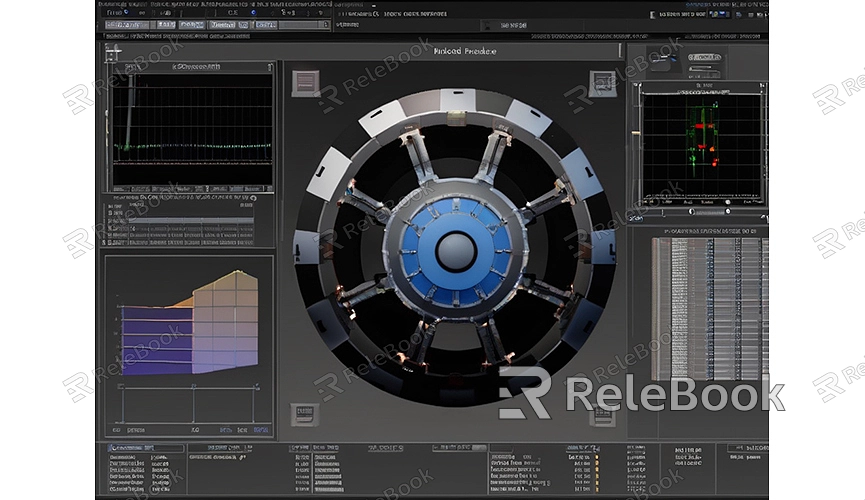How to Add Background to Blender Render
In Blender, adding a background to rendered images enhances the rendering effect, making the scene more realistic and vivid. This article will introduce how to add a background to Blender render and provide some practical tips and considerations.
1. Prepare Background Image
Before adding a background, you need to prepare the image you want to use as the background. You can choose to use images you've captured or created yourself, or you can find high-quality background images for free or purchase them online. Ensure the selected image matches the rendering scene and has the appropriate resolution and format.

2. Adjust Rendering Settings
Open your scene file in Blender and select rendering settings. Make sure the selected rendering engine supports background settings, such as Cycles or Eevee. Then, in the rendering settings, find the "Background" option and enable it.
3. Add Background Image
In the rendering settings, find the "Background Image" parameter under the background option and click "Open." Select the background image file you've prepared and import it into Blender. As needed, adjust parameters such as tiling, scaling, and offset to fit the scene requirements.
4. Adjust Camera Position
Based on the added background image, adjust the position and angle of the camera to ensure that objects in the scene blend harmoniously with the background image. You can adjust the camera's position by moving and rotating it to achieve the best rendering effect.
5. Adjust Lighting and Materials
Based on the newly added background, adjust the lighting and materials in the scene to make objects blend more seamlessly with the background. You can adjust the position and intensity of lights and tweak the color and reflection properties of objects to achieve a more realistic and natural rendering effect.
6. Render Preview and Final Render
After adjusting the camera position, lighting, and materials, render a preview to check the blending effect between objects and the background. Make any necessary tweaks to rendering settings and parameters, then begin the final render to generate high-quality rendered images.
Ensure you select a background image that suits the scene, avoiding visual conflicts or inconsistencies with objects in the scene.
When adjusting the camera position, consider the perspective and proportions of the background image to ensure a more realistic and natural rendering result.
You can try using techniques such as ambient light and environment mapping to enhance the rendering effect, making the scene more lively and engaging.
By following these steps, you can easily add a background to Blender render, enhancing the rendering effect and making the scene more realistic and vivid. If you need high-quality 3D textures and HDRI or 3D model downloads while creating models and virtual scenes, you can download them from Relebook and directly import textures and 3D models into your project for use.

